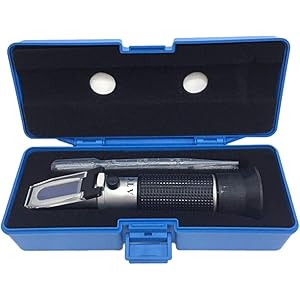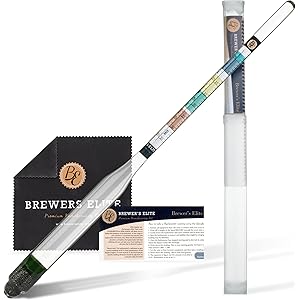Understanding Kombucha Fermentation
Kombucha fermentation is a fascinating process that transforms sweetened tea into a tangy, effervescent beverage. This process relies on a symbiotic culture of bacteria and yeast, commonly referred to as SCOBY. The fermentation begins when the SCOBY is introduced to a mixture of brewed tea and sugar, which serves as food for the microorganisms. Over time, these organisms consume the sugar, producing a variety of acids, gases, and alcohol, resulting in the unique flavor profile of kombucha.
Ingredients Required for Kombucha Fermentation
To successfully ferment kombucha, you will need several key ingredients. First, select a high-quality tea, such as black, green, or white tea, as the base. Next, you will require granulated sugar, which is essential for feeding the SCOBY. Additionally, filtered water is crucial to avoid any chlorine or impurities that could harm the fermentation process. Lastly, a SCOBY and some starter tea from a previous batch or store-bought kombucha will kickstart the fermentation.
Preparing the Tea Base
The first step in how to ferment kombucha is preparing the tea base. Begin by boiling water and steeping your chosen tea for about 5 to 15 minutes, depending on the type of tea used. After steeping, remove the tea bags or leaves and add the granulated sugar, stirring until fully dissolved. Allow the sweetened tea to cool to room temperature before proceeding to the next step, as high temperatures can damage the SCOBY.
Introducing the SCOBY
Once the tea has cooled, it’s time to introduce the SCOBY. Pour the cooled tea into a clean glass jar, leaving some space at the top for fermentation gases to escape. Gently place the SCOBY into the jar, followed by adding the starter tea. This starter tea helps to acidify the mixture, creating an environment that is favorable for the SCOBY while discouraging harmful bacteria.
Fermentation Process
After introducing the SCOBY, cover the jar with a breathable cloth or coffee filter secured with a rubber band. This allows airflow while keeping out dust and insects. Place the jar in a warm, dark place, ideally between 68°F and 85°F (20°C to 29°C). The fermentation process typically takes 7 to 14 days, depending on the desired flavor and level of carbonation. During this time, the SCOBY will work its magic, transforming the sweet tea into kombucha.
Get more content like this!
Sign up to receive updates and new terms first hand.
Tasting and Monitoring
As the fermentation progresses, it’s essential to monitor the taste of your kombucha. After about a week, begin tasting the brew every few days. The flavor should evolve from sweet to tangy, with a slight effervescence. If you prefer a sweeter kombucha, you may choose to bottle it earlier. For a more robust flavor, allow it to ferment longer. Keep in mind that the longer it ferments, the less sugar remains, resulting in a more acidic taste.
Bottling Your Kombucha
Once you’ve achieved your desired flavor, it’s time to bottle the kombucha. Carefully remove the SCOBY and set it aside in a clean bowl with some of the kombucha to keep it safe for future batches. Using a funnel, pour the fermented kombucha into clean, airtight bottles, leaving some space at the top. You can also add flavorings at this stage, such as fruits, herbs, or spices, to create unique variations of kombucha.
Second Fermentation for Fizz
If you desire a fizzy kombucha, consider a second fermentation. Seal the bottles tightly and leave them at room temperature for an additional 3 to 7 days. During this time, the remaining sugars will ferment, producing carbon dioxide and creating natural carbonation. Be cautious and check the bottles daily to prevent over-carbonation, which can lead to exploding bottles.
Refrigeration and Enjoyment
After the second fermentation, refrigerate the bottles to slow down the fermentation process. Chilling your kombucha not only enhances its refreshing qualities but also helps to preserve its flavor. Once chilled, your homemade kombucha is ready to be enjoyed! Pour it into a glass, savor the unique flavors, and appreciate the health benefits associated with this delightful fermented beverage.
Cleaning and Storing the SCOBY
After bottling, it’s important to clean and store your SCOBY properly. Rinse it gently with filtered water and place it in a clean jar with some sweetened tea to keep it nourished. Store the jar in a cool, dark place until you’re ready to brew your next batch. With proper care, your SCOBY can last for many batches of kombucha, providing you with a continuous supply of this delicious drink.




